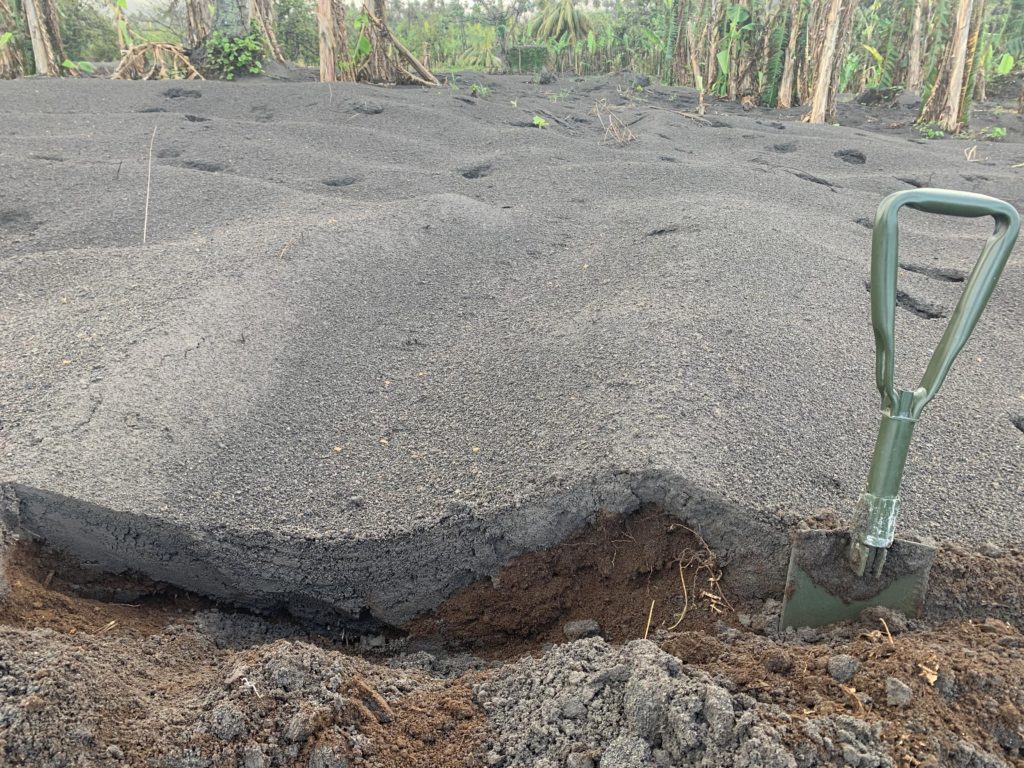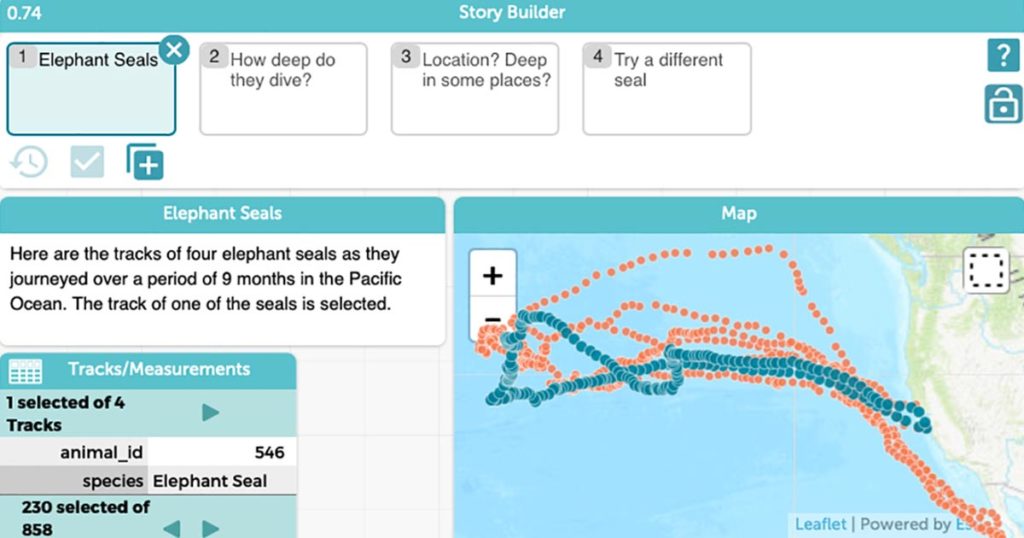Robert Constantinescu, a Ph.D. candidate in volcanology at the University of South Florida (USF), flew to the island of St. Vincent after the explosive activity at the La Soufrière volcano subsided. Between May 1 and 13, 2021, he worked alongside local scientists from the Seismic Research Centre of the University of West Indies to collect […]
The rock cycle, presented in nearly every Earth science curriculum and textbook, is typically taught in the same way from one classroom to the next. Students are shown an image that summarizes how all rocks are related to each other with suggested pathways by which one rock can transform into another rock. A nice, simple […]
We are delighted to celebrate five years of partnering with the world-renowned National Geographic Society. The National Geographic Society uses the power of science, exploration, education, and storytelling to illuminate and protect the wonder of our world. At the Concord Consortium we envision a world where teaching and learning seamlessly incorporate the best features of […]
“A new fire has started every day in Utah since May 17. Hot, dry conditions mean more could spark soon.” This was the shocking headline of a June 10 article about wildfires in one Western state. The National Interagency Fire Center, the nation’s support center for wildland firefighting, is currently tracking large fires in Utah […]
The Next Generation Science Standards (NGSS) describe eight science and engineering practices with the goal of having students engage in authentic science practices. Although many teachers are committed to three-dimensional NGSS teaching, doing so remotely during a pandemic was challenging, especially with 20, 30, or more students on Zoom, and without access to labs. At […]
In the past year, Karla Orosco has taught 7th grade science in person, remotely online, remotely and in person simultaneously, from home as well as from her classroom, to students locally and as far away as Italy. Needless to say, she has had logistical challenges, but mostly, she missed her students. Orosco teaches at the […]
Modeling is key to how scientists help explain complex phenomena—from the coronavirus pandemic to climate change—and explore scientific and engineering problems. The Next Generation Science Standards (NGSS) recognize the importance of Systems and Systems Models as one of the crosscutting concepts, and Developing and Using Models and Using Computational Thinking as two of the science […]
The ongoing COVID-19 pandemic is providing an unprecedented amount of health and social science data, and serves as a compelling starting point to engage in data science activities. A new project funded by the Innovative Technology Experiences for Students and Teachers (ITEST) program at the National Science Foundation is designed to empower young people to […]
We typically think of stories as a narrative composed of text or perhaps text and images. But in the Data Age (i.e., right now), we hope to expand that definition to include data. The goal of the National Science Foundation-funded Writing Data Stories project is to help middle school students tell stories about patterns they […]
When we released our new real-time Class Dashboard in the fall, we asked for teacher feedback. Several teachers have reached out and said that this new tool has been a big help as they try to manage classes and track students, both remotely and in person. During a recent classroom observation, we even overheard one […]









